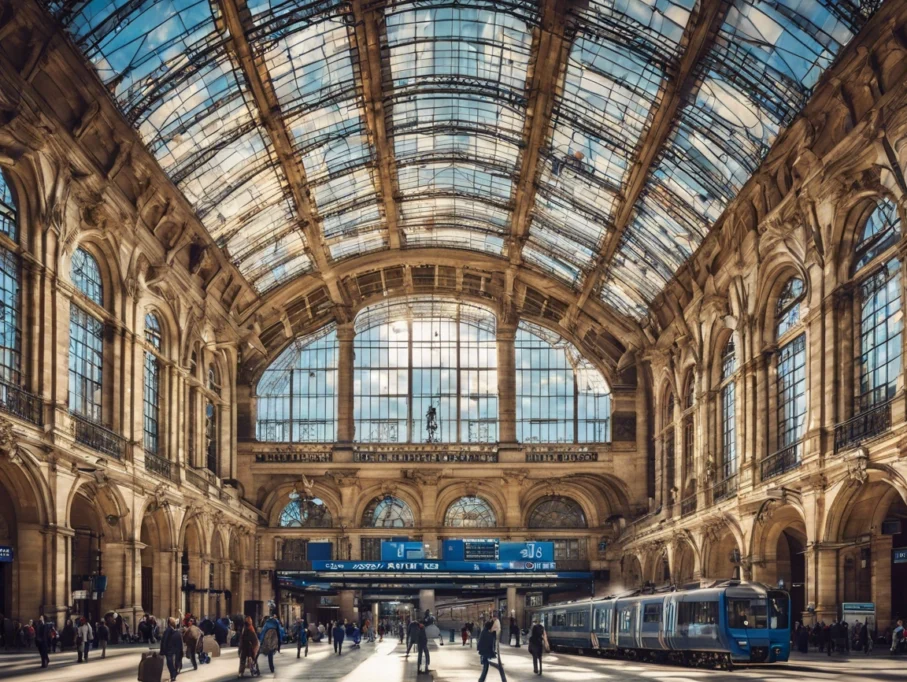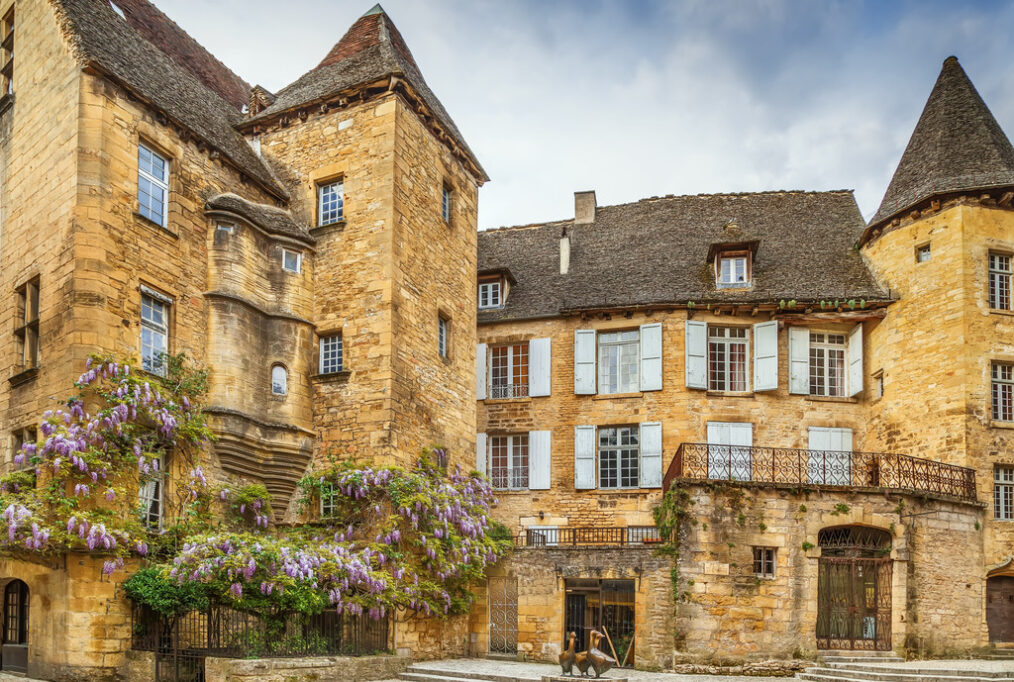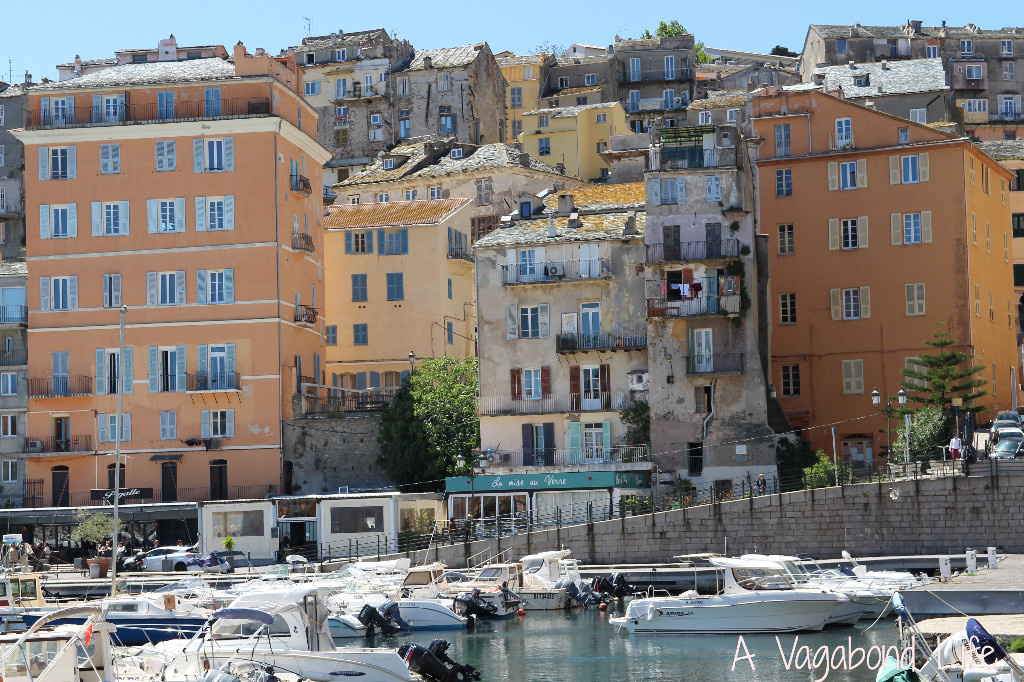Haute de France Travel Guide - A Vagabond Life
Nestled in the northern tip of France, the Haute-de-France region beckons travellers with its rich tapestry of cultural heritage, breathtaking landscapes, and an unparalleled historical legacy that resonates through its cities and countryside alike. This region, a fusion of the former Nord-Pas-de-Calais and Picardy areas, serves as a gateway to France from the United Kingdom and Belgium, making it a melting pot of cultures, architectures, and gastronomic delights.
Traveling to Haute-de-France offers an eclectic journey through time and nature. From the rugged coastlines of the Opal Coast, with its dramatic cliffs and dunes, to the serene beauty of the Somme Bay’s marshlands, nature lovers find a haven. Meanwhile, history buffs are drawn to the battlefields of the Somme and Vimy Ridge, silent witnesses to the past’s tumults, now places of memory and reflection.
The region’s cities, such as Lille, Amiens, and Arras, brim with artistic vigor, hosting vibrant markets, festivals, and museums that showcase the innovative spirit of the North. Whether it’s exploring the UNESCO-listed belfries that dot the skyline or savoring the rich flavors of its local cuisine, Haute-de-France offers an immersive journey that captivates the heart of every traveller.
Haute de France Map
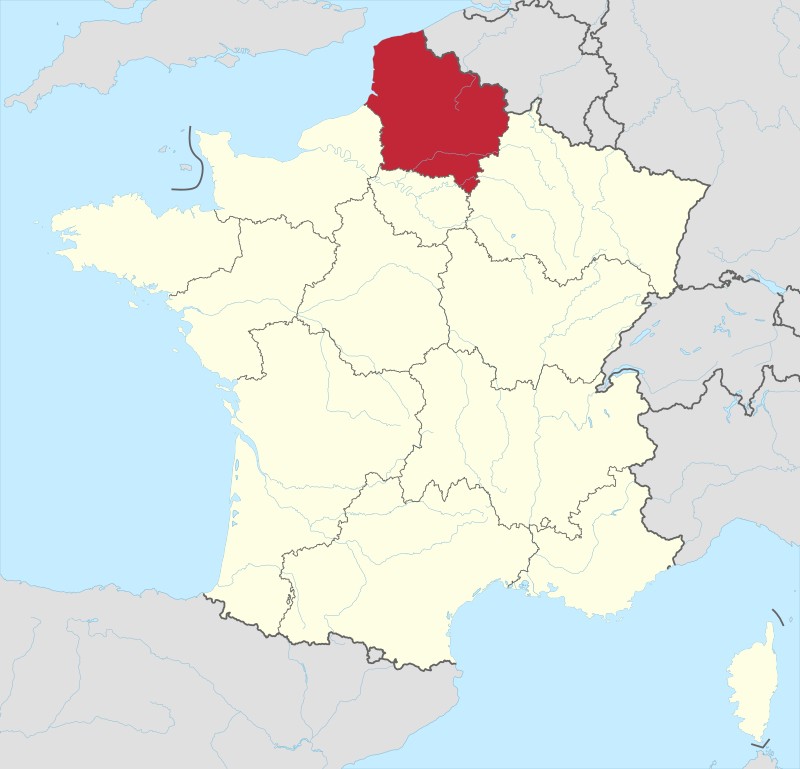
Haute de France Snapshot
Exploring Haute de France, France: A Snapshot
Geography and Beauty
Hauts-de-France, nestled in the northern part of France, is a region characterized by its diverse landscapes and scenic beauty. From the rolling hills and expansive fields to the dramatic cliffs along the Opal Coast, this region offers a picturesque blend of natural wonders. The coastline features sandy beaches and charming seaside towns, while the countryside is dotted with quaint villages and lush farmland. The region’s flat terrain, interspersed with rivers and canals, creates a tranquil and inviting environment.
Food of the Area
The cuisine of Hauts-de-France reflects its rich agricultural heritage and maritime influences. Regional specialties include hearty dishes like potjevleesch, a cold meat terrine, and moules-frites, mussels served with fries. Welsh rarebit, a cheese and beer sauce served over toast, and gaufres (waffles) are also local favorites. The region is known for its artisanal cheeses and robust beers, with local breweries producing a range of distinctive brews.
Culture and Heritage
Hauts-de-France boasts a vibrant cultural heritage, shaped by its history and regional traditions. The region is home to remarkable architectural sites such as the Gothic Notre-Dame Cathedral in Amiens and the medieval town of Arras. Annual festivals, such as the Brocante antique fairs and Carnaval de Dunkerque, celebrate local traditions and offer a lively glimpse into the region’s cultural life. With its rich tapestry of history, art, and tradition, Hauts-de-France offers a captivating experience for visitors seeking to explore France’s northern charm.
Top 5 Things To See & Do In Haute - de - France
LILLE
OPAL COAST
AMIENS
CHATEAU CHANTILLY
war memorials
Things To See & Do In Haute - de - France
Haute de France Travel Guide
Lille
Lille is the capital of the region and sits on the Deûle River, near France’s border with Belgium and is the fourth largest city in France. In Lille you will find a lovely historic old centre and three world renowned art museums and the grand Cathedral th Basilique-Cathédrale Notre-Dame-de-la-Treille. Lille is the regional capital and was once an industrial centre but has recently under gone a transformation now making it a centre for art and culture.
Amiens
The Ameins medieval gothic cathedral dating from the 13th century, the Cathederal de Notre Dame, is the largest Gothic church in France and a UNESCO World Heritage site. Also notable are the Hortillonages or Floating Gardens: Market gardens which span a vast area and have supplied the city with vegetables and flowers since the middle ages. Visitors can take a tour by boat. Jules Verne fans can visit the house the famous sci-fi author lived in for 18 years as his turreted home is now a museum.
Ocean Beaches
Ocean Beaches: The north part of the region has the Opal Coast or Cote d’Opale which is a popular seaside destination for holiday makers. It has sandy beaches, beautiful chalk cliffs the most notable being Cape Blanc Nez and Cape Gris Nez, large area of sand dunes along with surfing and other water sports.
The Belfries of France and Belgium
The Belfries of France and Belgium are a group of 56 historical buildings built between the 11th and 17th centuries and showcase Roman, Gothic, Renaissance and Baroque styles of architecture. They are highly significant tokens of the winning of civil liberties and are listed by UNESCO as World Heritage Sites.
Somme
The Somme is most known for its WWI war history; this was the site of a series of battles through the Great War which includes the 1916 Battle of the Somme. More than 3 million men fought in this battle and one million men were wounded or killed, making it one of the bloodiest battles in human history. The department is home to many military cemeteries and several major monuments commemorating those who died on its battlefields.
Thiepval
Thiepval has a number of sites and monuments to the victims of the WWI, including the First World War Franco-British Memorial and the Thiepval Memorial to the Missing of the Somme which stands 45 m high and is visible for several kilometres in every direction. The sixteen pillars are engraved with the name of 73,367 British and Commonwealth soldiers that fell during the First Battle of the Somme between July and November 1916 and who have no known grave.
Château Chantilly
Château Chantilly is one of the most scenic chateau in the region. It sits on an artificial lake and is surrounded by lovely parkland with the Chantilly forest in the background. Built in 1560 for the Montmorency family and added to by the Conde family in the 1700’s it was an opulent royal residence. A large section of the château was destroyed during the French Revolution and what remained was used as a prison. The château was later rebuilt in the 19th century in the French Renaissance style, complete with gables and towers.
Laon
Laon is charming old walled city perched on a plateau overlooking the surrounding plains. The Laon Cathedral Cathédrale Notre-Dame de Laon is one of the most important examples of the Gothic architecture of the 12th and 13th centuries. The old historic town – the upper town – and the newer lower town are connected by an automated cable car.
Compiegne
Compiegne: The Clairière de l’Armistice is the site of the signing of the 1918 Armistice, that put an end to the first world war. There is a reproduction of the railway carriage in which the Armistice was signed.
France Travel Guides
Regions Of France Travel Guides
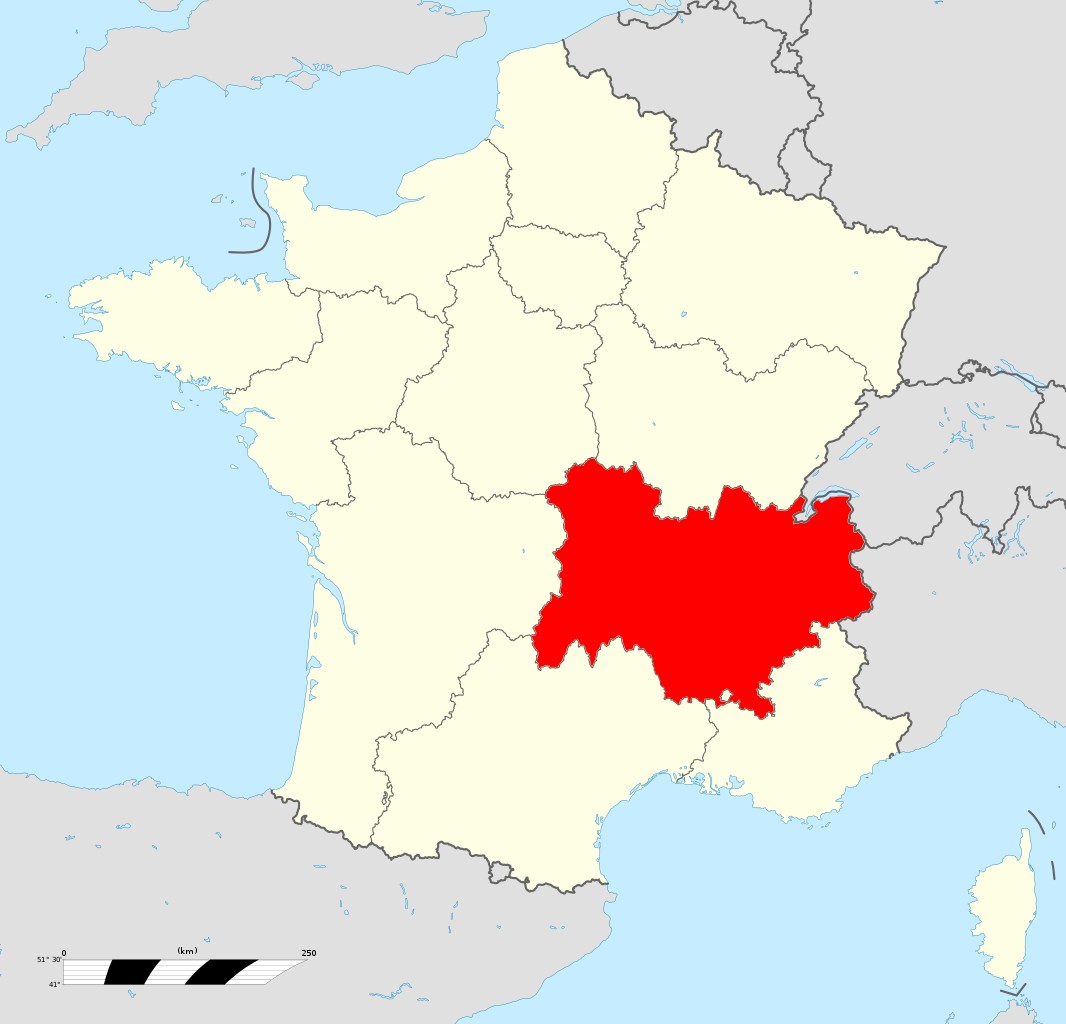
Auvergne-Rhone-Alps
Auvergne-Rhone-Alps Travel Guide.
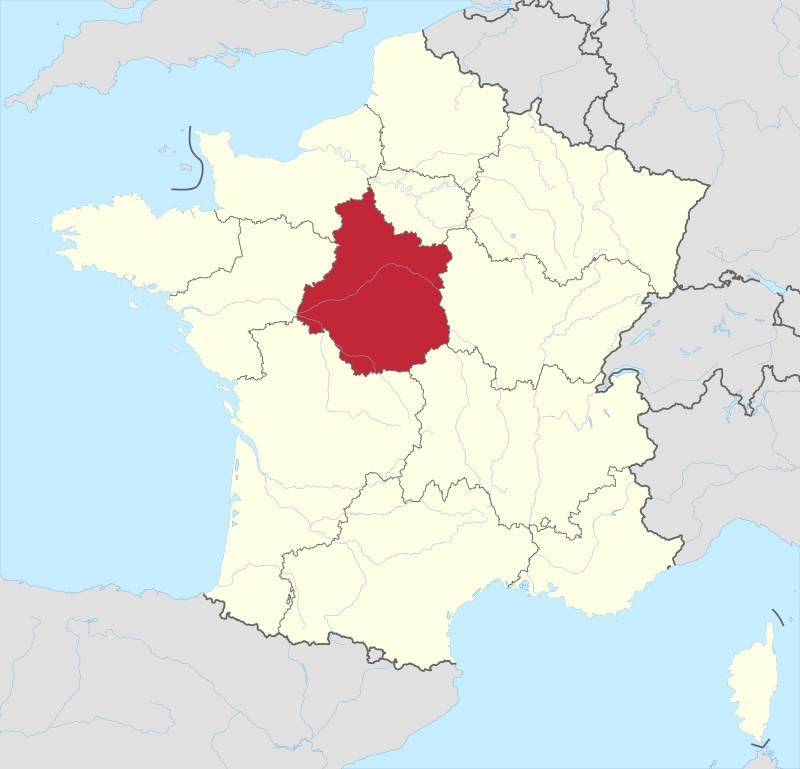
Centre Val De Loire
Centre-Val-de-Loire Travel Guide.

Haute – de – France
Haute-de-France Travel Guide.
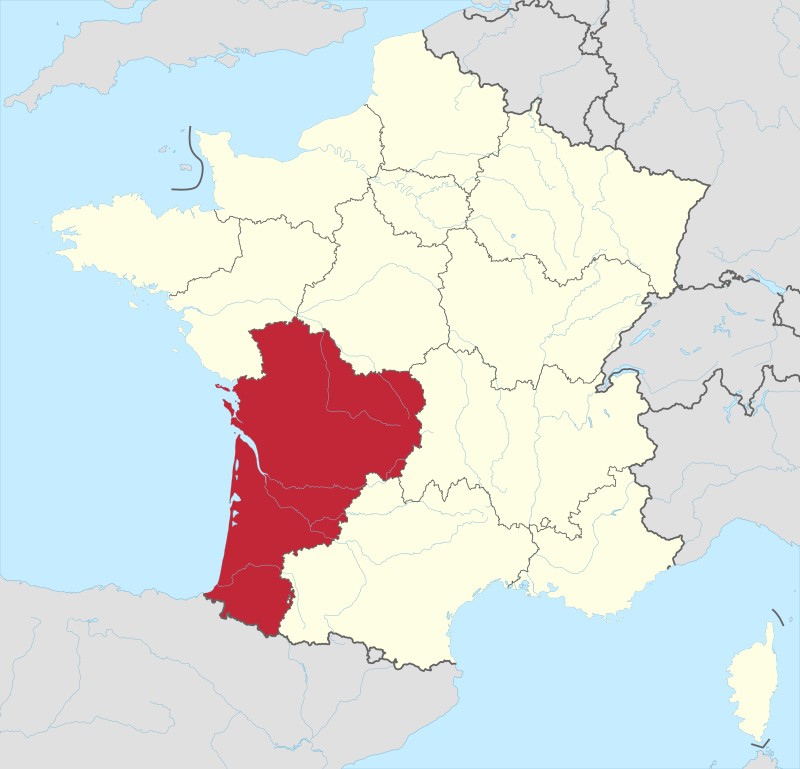
Nouvelle – Aquitaine
Nouvelle – Aquitaine Travel Guide.

Provence-Alps_Cote D'Azur
Provence Travel Guide.
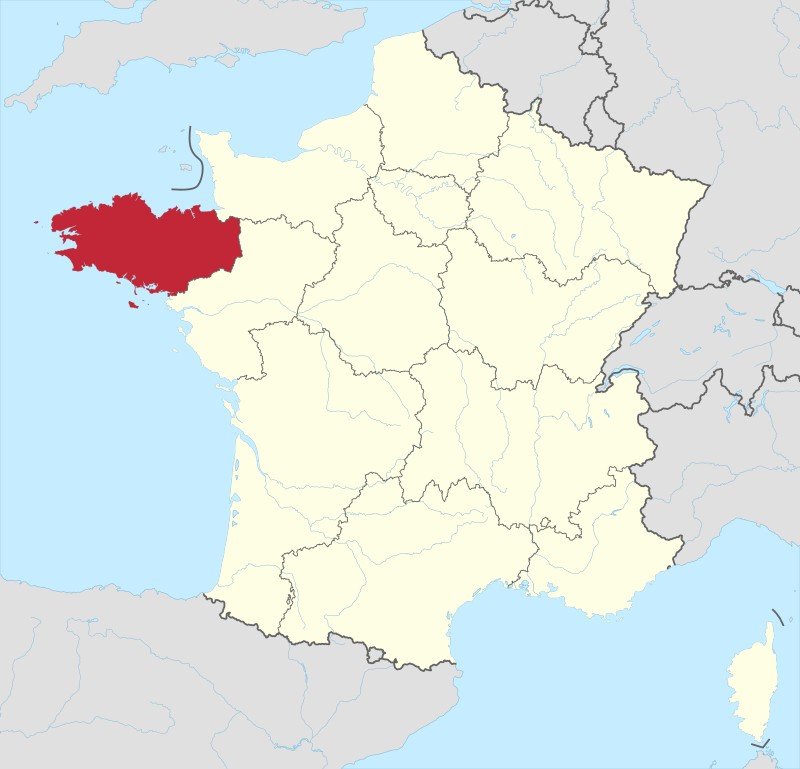
Brittany
Brittany (Bretagne) Travel Guide.
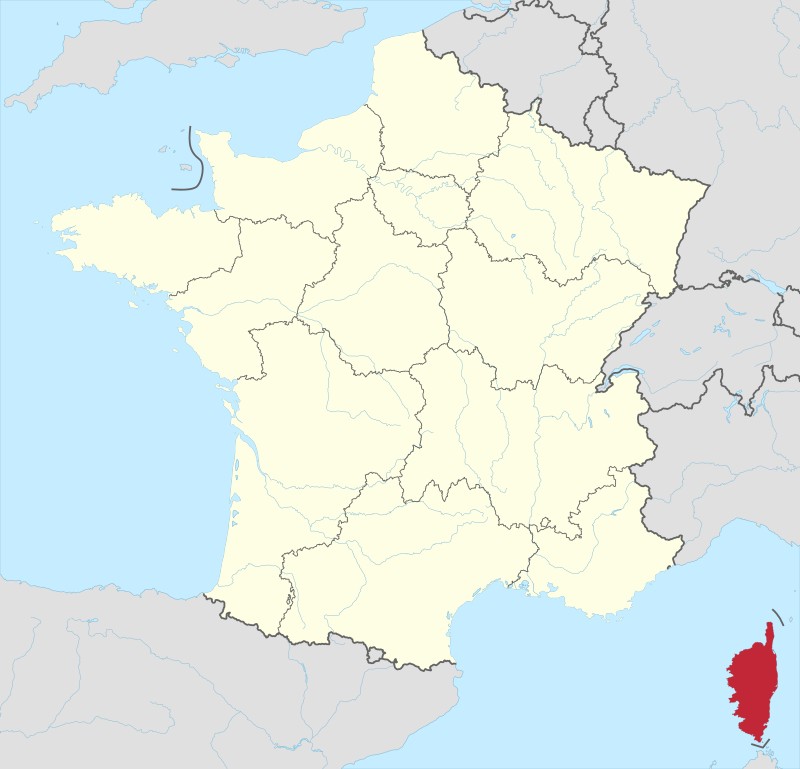
Corsica
Corsica Travel Guide.
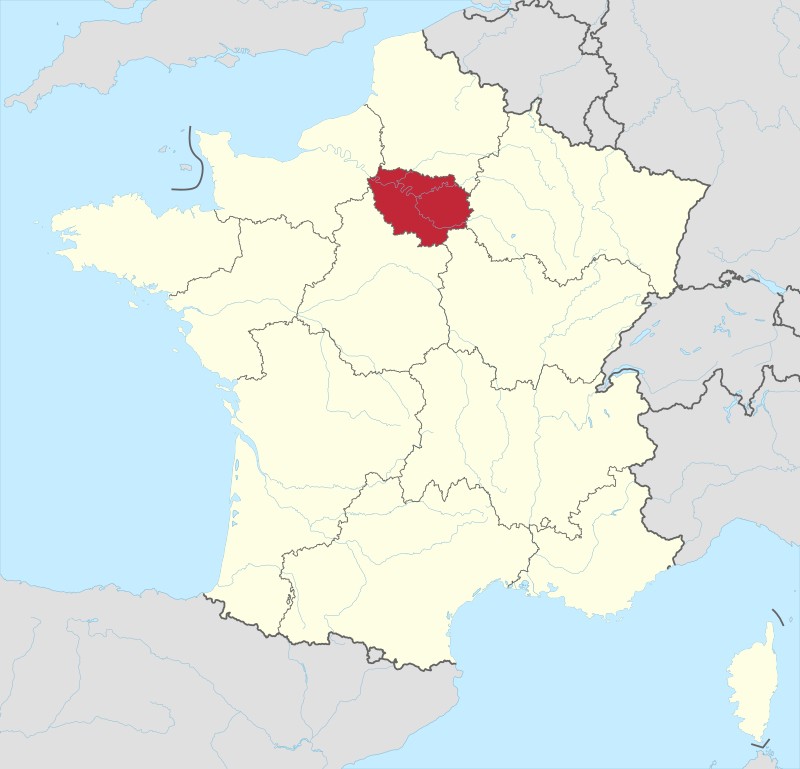
Ile – de – France
Ile – de – France Travel Guide.

Occitane
Occitane Travel Guide.

Bourgogne-Franche-Comté
Bourgogne-Franche-Comté Travel Guide.
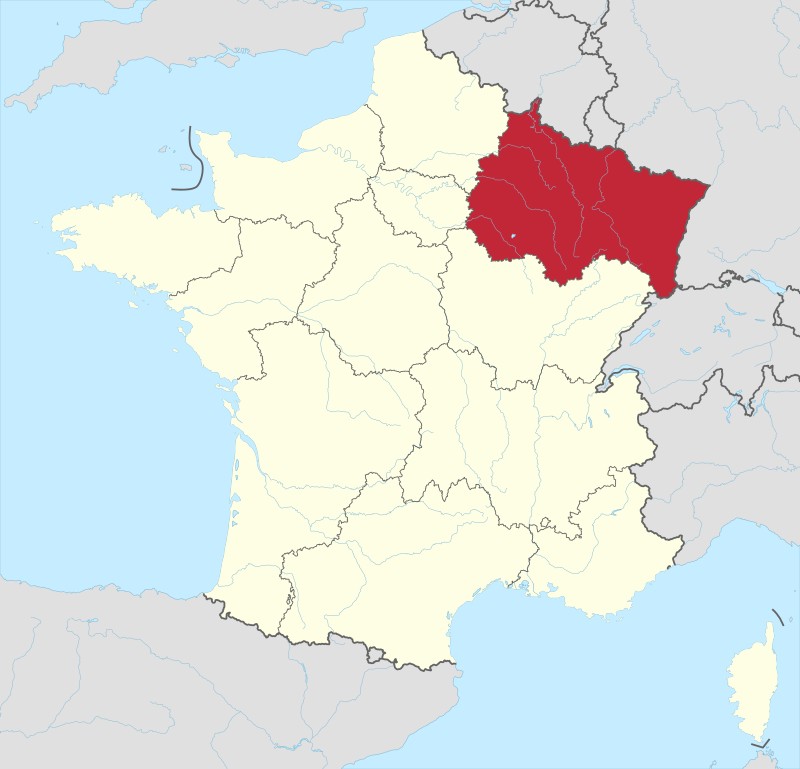
Grand Est
Grand-Est Travel Guide.
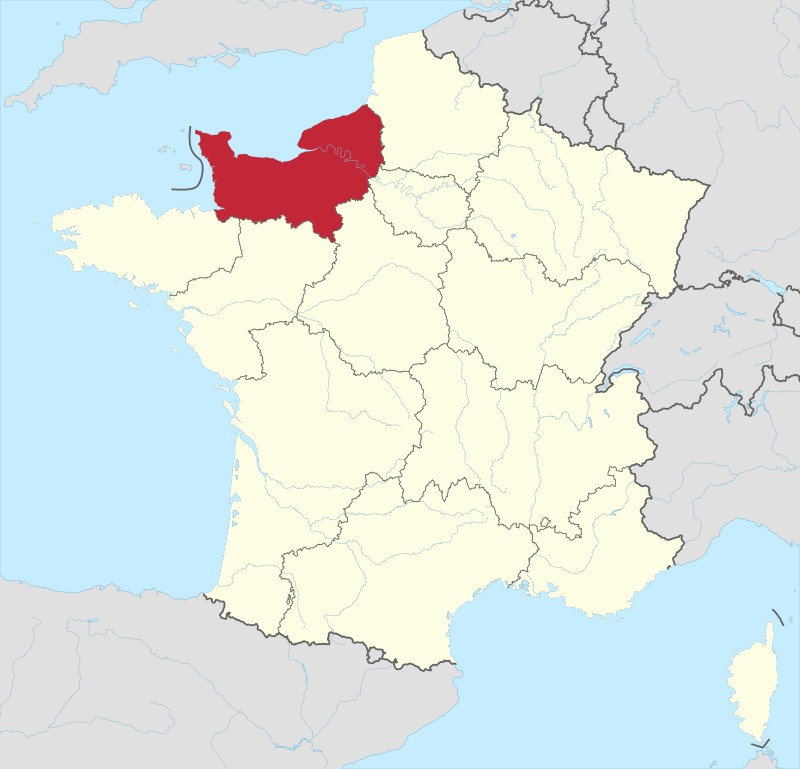
Normandy
Normandy Travel Guide.

Pays-de-la-Loire
Pays-de-la-Loire Travel Guide.

